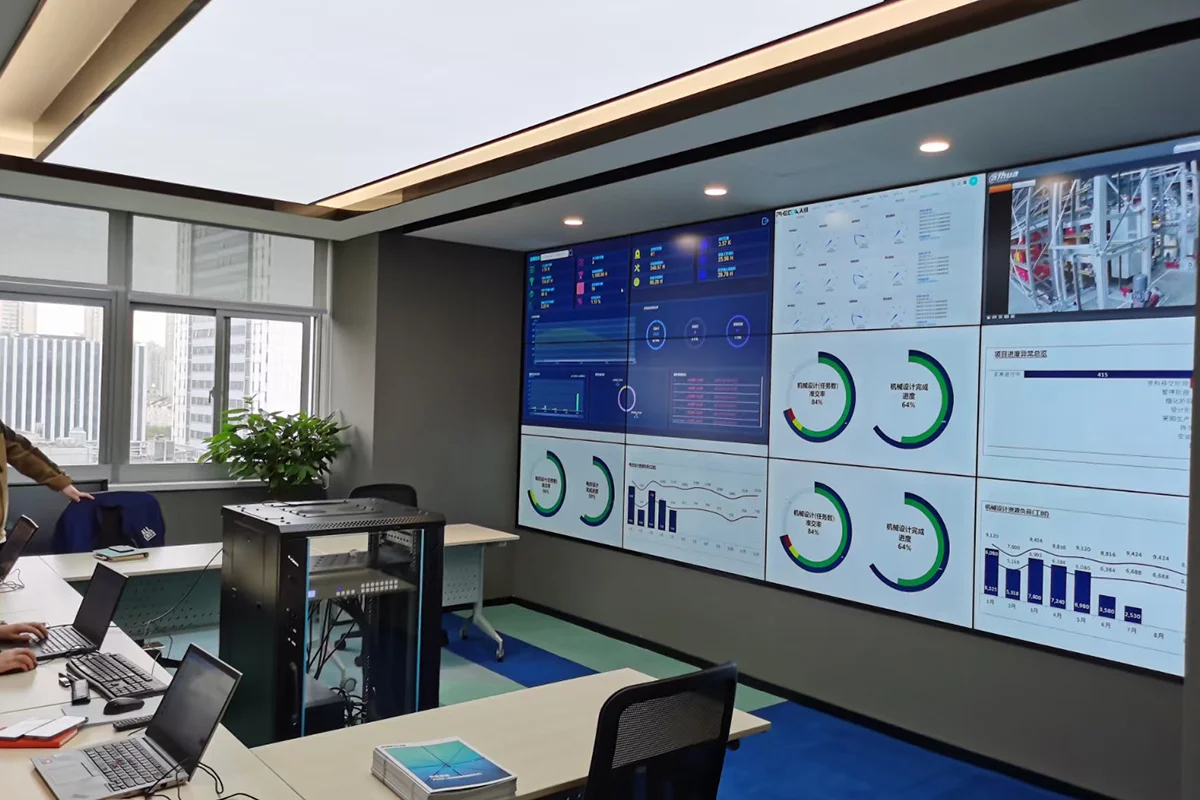
Clear records
history record

Products
Contact
Electrophoretic Intelligent Control System
Electrophoretic Intelligent Control System
I. Introduction
The electrophoretic intelligent control system is an advanced automation and intelligent technology-integrated device mainly used for the precise control of the electrophoretic coating process. Through automation, precision, and efficiency, it enhances analytical efficiency and accuracy in various fields.
II. Application Areas
1. Automotive Manufacturing
Real-time monitoring of body coating and component cleaning to ensure stable coating quality.
2. Home Appliance Manufacturing
Integrated control of shell coating and component cleaning to ensure performance and longevity.
3. Metal Processing
Used for pre-treatment and anti-rust treatment of metal products to extend service life.
4. Other Industries Requiring Electrophoretic Coating
III. Technical Overview
1. Basic Principles
The system ensures stable coating quality, improves production efficiency, and reduces energy consumption and costs by monitoring and adjusting key parameters in the electrophoretic process in real time.
2. Core Process Flow
Parameter Monitoring:
Real-time monitoring of key parameters such as voltage, current, temperature, pH value, and conductivity.
Automatic data recording and report generation for easy analysis and traceability.
Automatic Adjustment:
Automatically adjusts voltage, current, and other parameters according to preset conditions to ensure process stability.
Adaptive function to respond to changes in production.
Fault Diagnosis:
Real-time detection of equipment abnormalities with instant alerts and troubleshooting suggestions.
Supports remote diagnosis and maintenance to reduce downtime.
Energy Optimization:
Optimizes the electrophoretic process through intelligent algorithms to lower energy consumption.
Provides energy-saving recommendations to help users further reduce energy costs.
User Interface:
Equipped with a touchscreen for a user-friendly and easy-to-operate interface.
Supports remote monitoring and control to enhance management efficiency.
IV. Technical Advantages
1. High Resolution and Sensitivity:
High Resolution: Electrophoretic technology effectively separates trace components in complex samples.
High Sensitivity: Combined with high-sensitivity detectors, it can detect extremely low concentrations of substances.
2. Fast Analysis:
Rapid Separation: Electrophoretic technology enables fast separation, suitable for high-throughput analysis.
Quick Detection: Combined with fast detection techniques, it shortens experiment time.
3. Low Sample Consumption:
Minimal Sample Usage: Requires only a small amount of sample, making it ideal for precious sample analysis.
Low Reagent Consumption: Miniaturized equipment reduces reagent use, lowering costs.
4. Wide Applicability:
Multi-Field Applications: Suitable for analyzing proteins, nucleic acids, cells, and more.
Versatile Use Cases: Applicable in laboratories, clinical settings, and industrial applications.
5. High Precision and Repeatability:
High Precision: The intelligent control system ensures precise experimental conditions and reliable results.
High Repeatability: Automation reduces human error and improves experimental consistency.
V. Development Trends
1. Automation and Intelligence:
Automation: Electrophoretic systems are gradually achieving full automation, reducing manual intervention and improving efficiency.
Intelligence: AI and machine learning optimize electrophoretic conditions and automatically analyze data for improved accuracy.
2. High Throughput and Miniaturization:
High Throughput: Development of high-throughput electrophoretic devices to meet large-scale sample analysis needs.
Miniaturization: Advancements in microchip electrophoresis technology reduce sample and reagent consumption, enhancing portability.
3. Multi-Dimensional Analysis:
Multi-Dimensional Separation: Integration of multiple separation techniques, such as capillary electrophoresis combined with mass spectrometry, to improve separation efficiency.
Multi-Parameter Detection: Simultaneous detection of multiple parameters to provide more comprehensive sample information.
4. Real-Time Monitoring and Feedback Control:
Real-Time Monitoring: Sensors track the electrophoretic process and adjust parameters in real time.
Feedback Control: The feedback system automatically optimizes experimental conditions to ensure stable results.
5. Green and Eco-Friendly:
Eco-Friendly Reagents: Development of low-toxicity, biodegradable reagents to reduce environmental impact.
Energy-Saving Equipment: Design of low-energy-consuming devices to lower operational costs.










